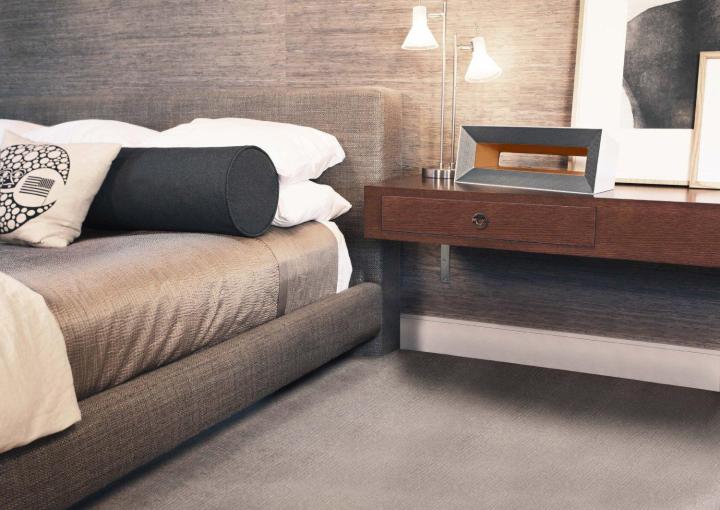
You’d think NASA engineers would know a thing or two about air given all the time they spend studying things that are off the ground, right? Well, it’s not all for the sake of scientific fun. In collaboration with the University of Wisconsin, researchers from both affiliations have developed an air purifier system that can eliminate all sorts of gunk from the air we breathe. Oh, and it looks incredibly sleek.
The Airocide was first created to help filter out the ethylene gas that made fruits and veggies growing aboard the International Space Station spoil too easily. In the late 90s and early 2000s, the machine became popularized in grocery stores, food packing factories, and hospitals before finding its way to the everyday home.

Humanly speaking, the Airocide sucks up air and break instead of just filter out the harmful pathogens. Since this is all done without using chemical additives or releasing ozone gases, all the user need to do is clean out the chamber approximately once a year. Airocide claims that this process helps eliminate airborne allergens like mold, fungi, pollen, and dust mites, to name a few. The machine is also FDA-approved, and that kind of stamp can make those suffering asthma and other severe allergies rest easy.
To own a NASA-developed machine will cost you a pretty penny, of course. The Airocide system sells for $800, and each replacement chambers cost $100 apiece. But when you consider the medical bills you spend on allergy medicine, perhaps this isn’t a bad investment especially if you’ve got kids and pets running all around the house. This is the kind of stuff government offices use to protect themselves against anthrax. Isn’t that good enough for your home?
Editors' Recommendations
- Best air purifier deals: Save big on Dyson, Shark, TCL and more
- How do I clean my smart air purifier?
- The LG PuriCare AeroTower cleans your air with just a whisper
- How to install a portable air conditioner
- Can an air conditioner make you more prone to coronavirus?


